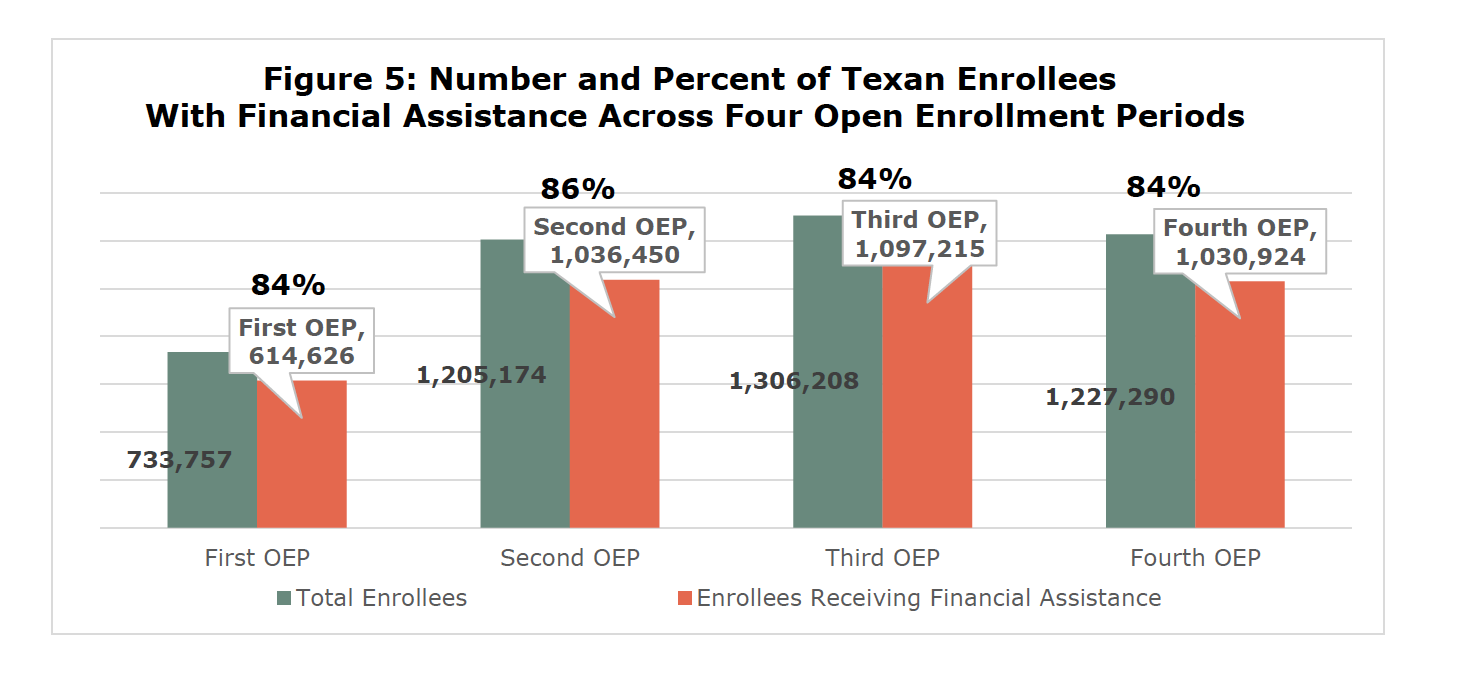
More than 1.2 million Texans are currently enrolled in ACA health insurance plans. However, the 2017 enrollment numbers combined with consistent data throughout each ACA enrollment period highlight concerns that major groups of Texans will not fare well under the proposed American Health Care Act (AHCA), EHF’s analysis found.
“It’s very concerning that the AHCA will most likely worsen the uninsured rate in Texas in the coming years unless federal and state lawmakers consider other health coverage expansion options,” said co-author Elena Marks, EHF’s president and CEO. “Texas still has the highest uninsured rate in the nation. The proposed plan could not only erase the huge gains in getting Texans covered, but the AHCA doesn’t directly address the health coverage needs of the remaining 4.6 million uninsured Texans.”
One of the key features of the AHCA is to replace the ACA’s sliding-scale tax credits (which adjust for income, age and cost of insurance depending on location) with a flat tax credit that adjusts only for age.
EHF’s analysis shows more than 1 million Texans (84 percent of all enrollees) currently receive a federal tax credit under the ACA. Those tax credits are reducing premium costs by an average of 79 percent, dropping the average premium from $403 a month to less than $85 a month. EHF’s analysis found the dramatic cost-savings for Texans have remained consistent over all four ACA open enrollment periods.
“Many Texans will not be getting similar reductions in their premiums under the flat tax credit proposal under the AHCA,” said Shao-Chee Sim, EHF’s VP for applied research. “That means the most vulnerable populations in Texas would lose their health insurance and the invaluable access it provides to health services. They simply could no longer afford a plan.”
The analysis found more than 60 percent of ACA enrollees in Texans in 2017 have low or moderately-low incomes (incomes of less than $23,000 for an individual, $48,000 for a family of four). Researchers found this trend is consistent during the past ACA open enrollment periods.
In addition, 2017 enrollment numbers show adults ages 55-64 were the largest group of ACA enrollees in Texas (24 percent), followed by adults ages 45-54 (21 percent). The analysis found the age distribution has remained consistent over the past four ACA enrollment periods.
EHF’s analysis was co-authored by Marks, Sim and Robiel Abraha. The report provides an overview of the experiences of the past four ACA marketplace open enrollment periods in Texas. Data and figures presented in the report are based on analysis of 2017 data published by the Centers for Medicare & Medicaid Services (CMS) compared with data from Office of Assistant Secretary for Planning and Evaluation (ASPE) for previous open enrollment periods.